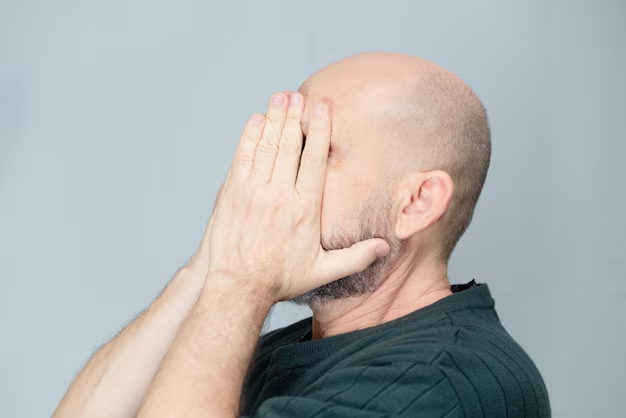Understanding the Brain Impact of Parkinson's Disease
Parkinson's Disease (PD) is a progressive neurological disorder that fundamentally alters the way the brain communicates with the body. Grasping how Parkinson's Disease affects the brain is crucial to understanding its widespread impact on an individual’s daily life.
The Basics: How Parkinson’s Disease Begins
Parkinson’s primarily affects a part of the brain called the substantia nigra, a critical area responsible for producing dopamine. This neurotransmitter plays a pivotal role in regulating mood, motivations, and movement control. In people with Parkinson’s, the neurons in this region begin to deteriorate and eventually die, leading to a decline in dopamine levels.
The Resulting Changes in Brain Function
As the disease progresses, the reduction in dopamine disrupts normal communication between neurons, affecting several brain functions crucial to physical movement. This breakdown manifests as the hallmark symptoms of Parkinson’s Disease:
- Tremors: Involuntary shaking often begins in a limb, commonly the hand or fingers.
- Bradykinesia: Slowness of movement that can make everyday tasks challenging.
- Muscle Rigidity: Stiff limbs or trunk which can restrict motion and cause discomfort.
- Impaired Balance and Coordination: Affected individuals often have a stooped posture or are prone to falls.
Additionally, Parkinson's can lead to cognitive changes, including memory problems and difficulties with attention and reasoning. These are typically more prominent in later stages of the disease.
Beyond Movement: The Broader Impacts
Parkinson’s Disease doesn’t just confine itself to motor symptoms. It can also result in depression, anxiety, and sleep disturbances, severely impacting quality of life. The emotional and cognitive changes can be as debilitating as the physical ones, further complicating treatment and management approaches.
Embrace Supportive Solutions and Resources
Navigating the complexities of Parkinson’s can be overwhelming, but fortunately, there are resources and support networks available to ease this burden. From financial assistance to educational grants, there are multiple avenues to explore for easing the journey.
Financial and Educational Assistance Options
To effectively manage Parkinson’s Disease, understanding and leveraging available support mechanisms can be a game-changer:
- Social Security Disability Insurance (SSDI): For those whose symptoms prevent them from working, SSDI can offer much-needed financial relief.
- Medicare and Medicaid: These programs assist with healthcare expenses, especially crucial for accessing necessary treatment and medication.
- Non-profit Organizations: Often provide grants or subsidies for patients and their families to help cover the cost of care.
- Educational Opportunities: Many foundations offer scholarships for children or spouses of those affected by debilitating diseases, addressing educational costs.
- Local Support Groups: These can offer invaluable emotional support and access to community resources.
Understanding these resources can empower those affected by Parkinson’s Disease to maintain financial stability and an improved quality of life. By taking proactive steps such as engaging with financial planners and support networks, individuals can focus more on personal wellbeing and the fight against this challenging disease.
Here's a helpful summary of financial assistance programs and educational resources:
- 💰 Social Security Disability Insurance (SSDI): Support for those who can’t work due to symptoms.
- 💊 Medicare/Medicaid: Assistance with healthcare and medication costs.
- 🏥 Non-profit Grants: Financial aid for treatment and caregiving expenses.
- 🎓 Educational Scholarships: Scholarships for family members of those affected.
- 🤝 Support Groups: Community networks providing emotional and logistical support.
These programs are designed to provide relief and stability, enabling those affected by Parkinson's Disease to focus on managing their health and maintaining dignity and independence.

Related Topics
- Are There Environmental Causes Of Parkinsons
- Can Alcohol Cause Parkinson's
- Can Concussions Cause Parkinson's
- Can Concussions Cause Parkinson's Disease
- Can Dogs Get Parkinson's Disease
- Can Dogs Get Parkinsons
- Can Dogs Have Parkinson's
- Can Dogs Have Parkinson's Disease
- Can Females Get Parkinson Disease
- Can Head Trauma Cause Parkinson's